A color changing flower experiment is a wonderfully simple science experiment you can do any time of the year. Also great for both the Spring season, Valentine’s Day or St Patrick’s Day! Fun kitchen science that is super easy to set up and is perfect for home or in the classroom. We love science activities for all seasons!
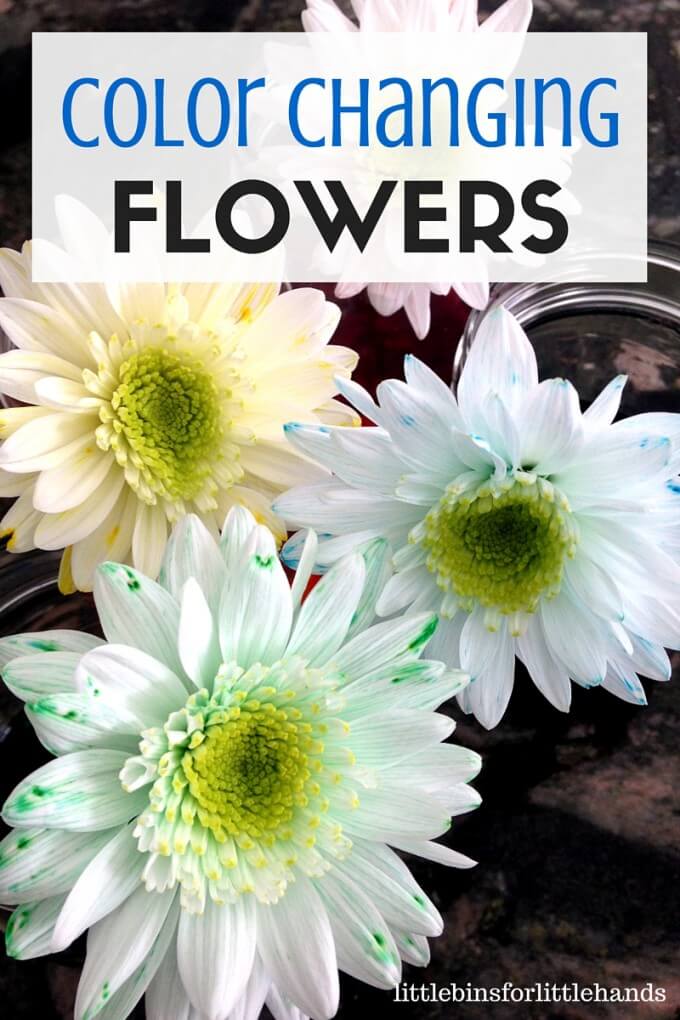
Explore Color Changing Flowers For Spring Science
Why not pick up some simple white flowers at the grocery store and pull out the food coloring. This color changing flower science experiment is a STEMy activity (pun intended).
Get ready to add this simple color changing carnations experiment to your spring STEM lesson plans this season.
Let’s get started if you want to learn about how water moves through plants and how the plant’s petals can change color. While you’re at it, make sure to check out these other fun Spring STEM activities.
Plus, you don’t have just to use carnations, either. Observe capillary action with this walking water experiment, too! Learn all about capillary action with a hands-on science experiment.
Tips For Setting Up Your Experiment
Use A Timer
Although this color-changing flowers science project takes some time to see the results fully, check in on it occasionally and observe the changes in the flowers.
Set a timer every so often and have your kids record any changes over a day! Set it up in the morning and observe the changes at different times.
Apply The Scientific Method
You can turn these color changing flower activities into a science experiment in a couple of ways:
- Compare results using different types of white flowers. Does the type of flower make a difference?
- Keep the type of white flower the same, but try different colors in the water to see if that makes a difference.
Learn more about applying the scientific method for kids and how to choose variables.
Give It A Valentine’s Day or St Patrick’s Day Theme
This experiment is fun and easy for Valentine’s Day science or St Patrick’s Day STEM activities. All you need to do is change out the colors of the food coloring you use. Choose pink for Valentine’s Day and green for a St Patrick’s Day theme.
Color Changing Flower Experiment
Supplies:
- White flowers (experiment with different varieties)
- Vases or mason jars
- Food coloring
Instructions:
STEP 1: Trim the stems of the white flowers (carnations work really well but these are what our local store had at the time) at an angle under water.
STEP 2: Squirt several drops of each color food into different glasses and fill halfway with water.
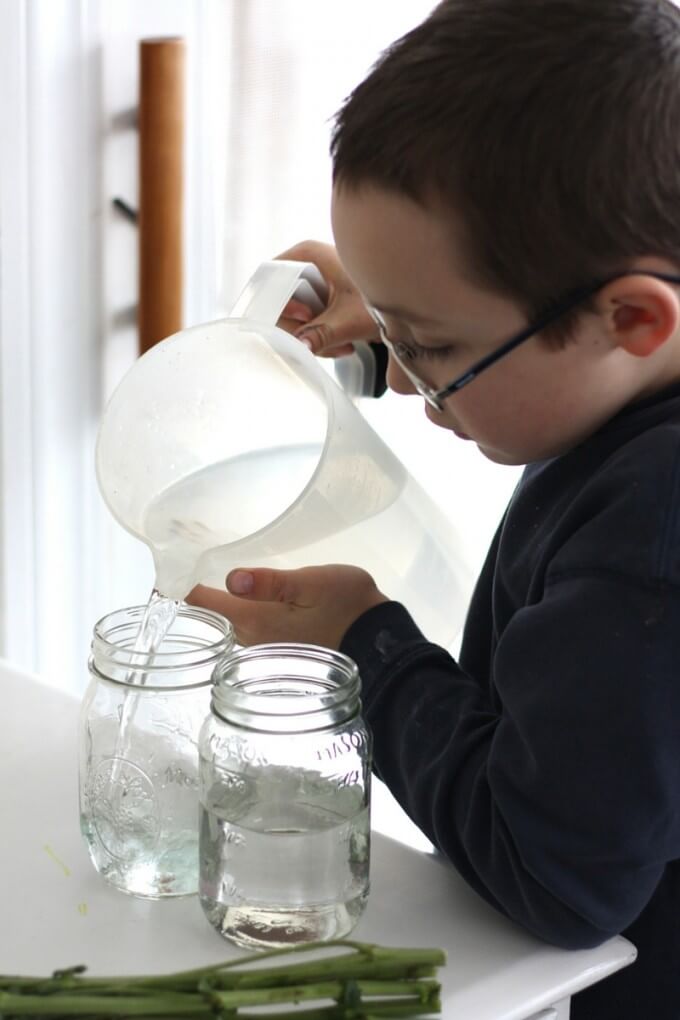
STEP 3: Place one flower into each jar of water.
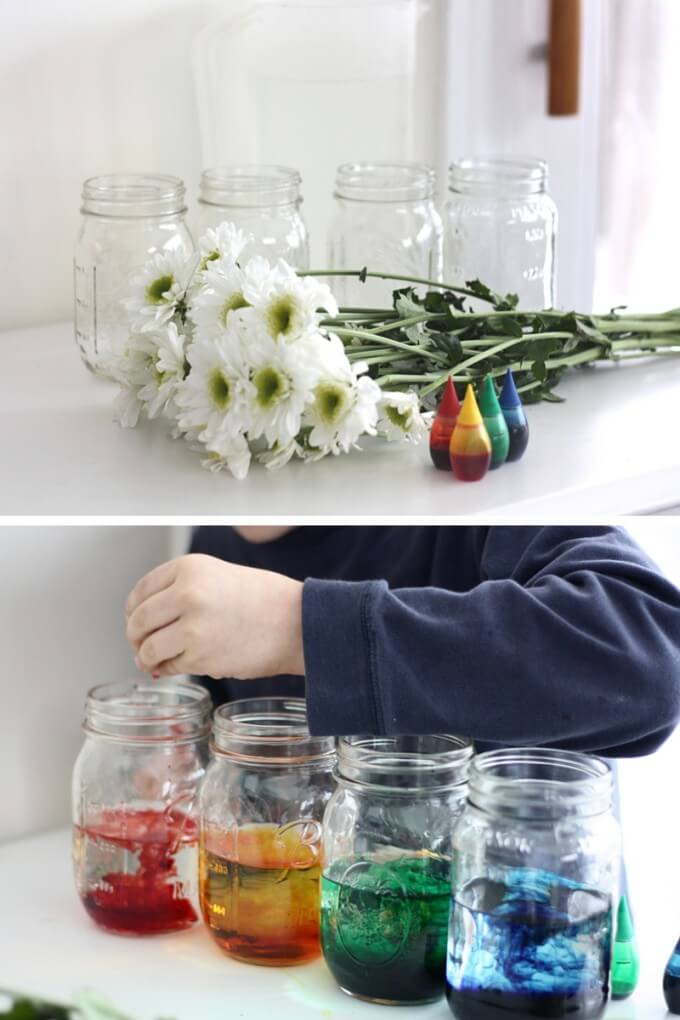
STEP 4: Watch your carnations change color.
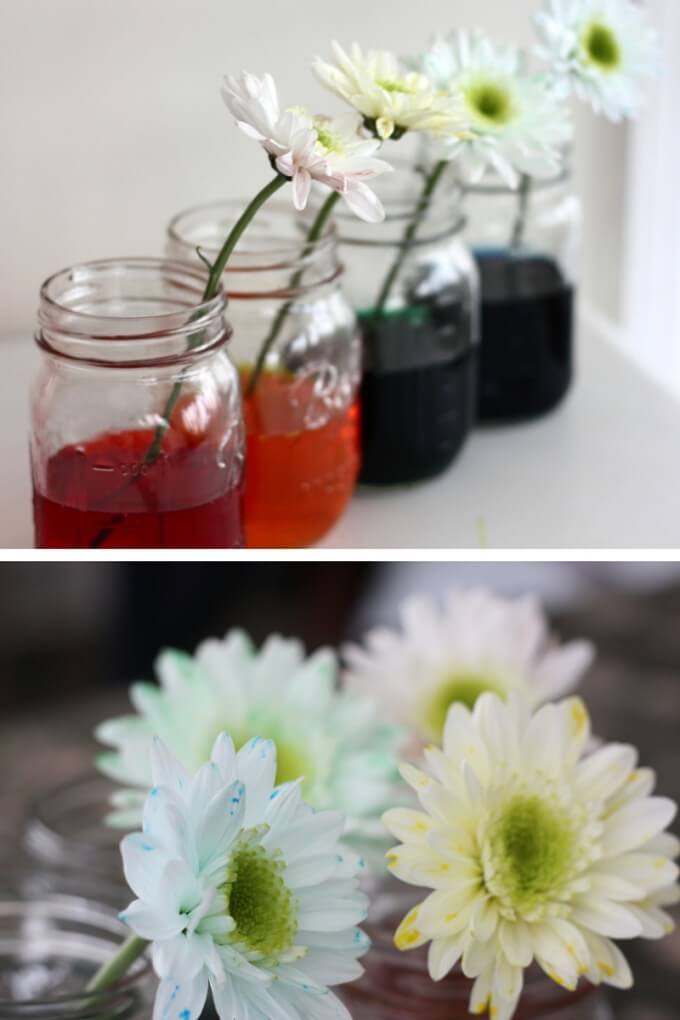
The Science of Color Changing Flowers
Turn beautiful white carnations into pink, blue or even green flowers. But how does it work?
The cut flowers take up the colored water through their stem and the water moves from the stem to the flowers and leaves. Water travels up tiny tubes in the plant by a process called capillary action. Putting a colored dye in the water in the vase allows us to observe capillary action at work.
What is capillary action?
Capillary action is the ability of a liquid (our colored water) to flow in narrow spaces (the flower stem) without the help of an outside force, like gravity.
As water evaporates from a plant, it is able to be pull up more water through the plant’s stem. As it does so, it attracts more water to come alongside it. This is called transpiration and cohesion.
Capillary action relies on the cohesive and adhesive properties of water molecules. Water molecules are attracted to each other (cohesion) and to the walls of the capillaries (adhesion). These properties help water move against gravity and through narrow spaces.
Transpiration is the process where water vapor leaves the plant through the leaves. As water evaporates from the leaves, it creates a negative pressure (tension) in the xylem, pulling more water up from the roots.
Helpful Resources To Get You Started
Here are a few resources that will help you introduce science more effectively to your kiddos or students and feel confident yourself when presenting materials. You’ll find helpful free printables throughout.
- Best Science Practices (as it relates to the scientific method)
- Science Vocabulary
- 8 Science Books for Kids
- All About Scientists
- Free Science Worksheets
- Science Supplies List
- Science Tools for Kids
Free Printable Spring STEM Cards
Check out more fun spring science ideas!
Check out our list of plant activities for preschoolers, and plant experiments for elementary. Here’s a few of our favorites…
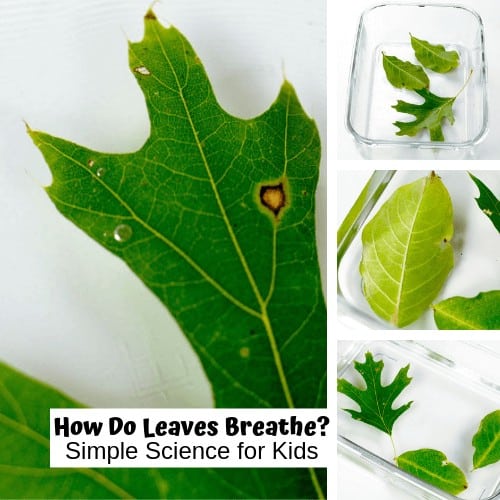
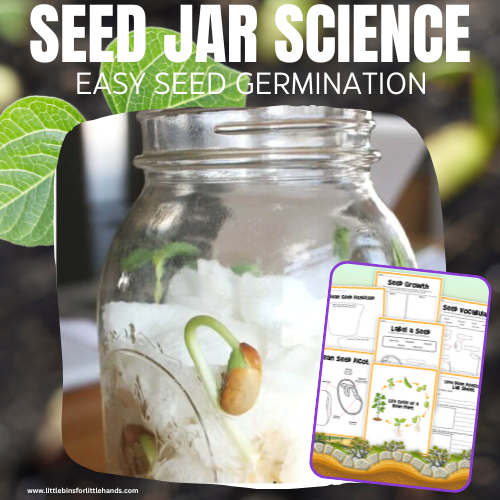
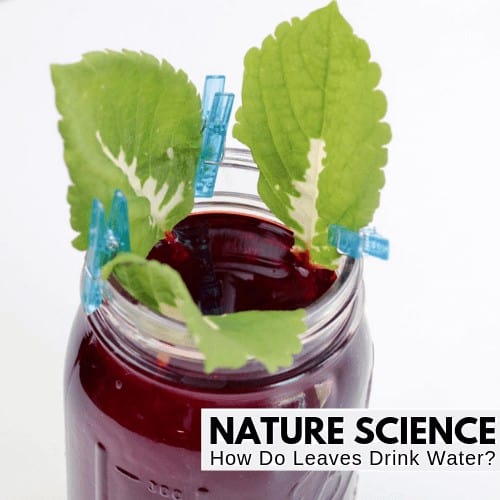
Printable Spring Activities Pack
If you’re looking to grab all of the printables in one convenient place plus exclusives with a spring theme, our 300+ page Spring STEM Project Pack is what you need!
Weather, geology, plants, life cycles, and more!
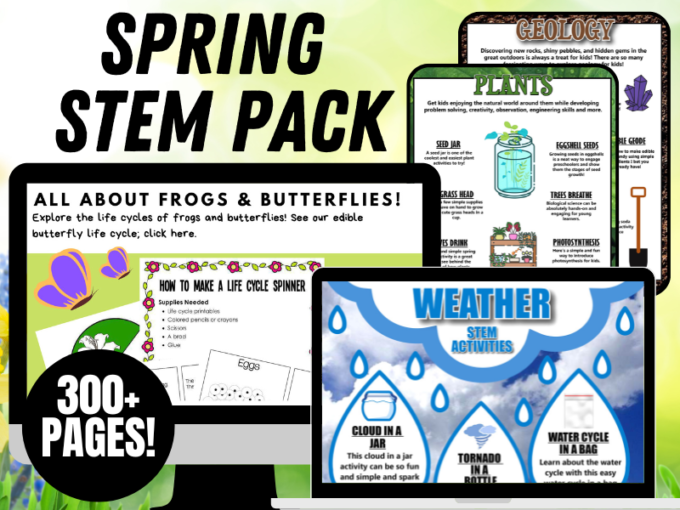
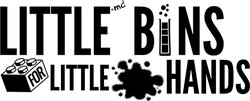

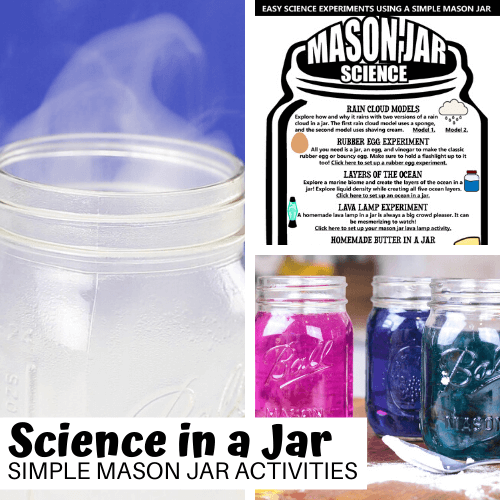
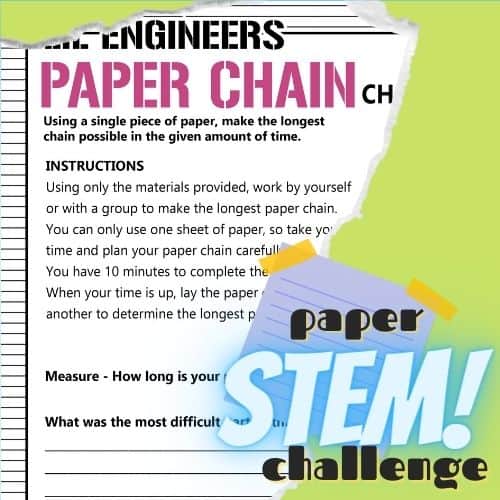
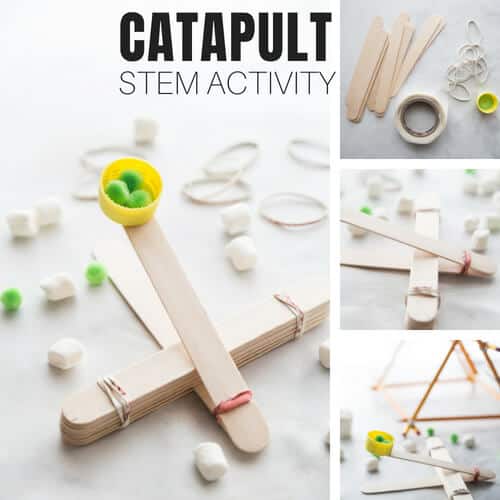
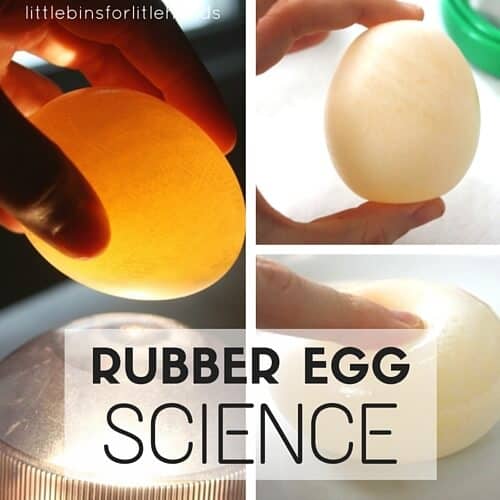
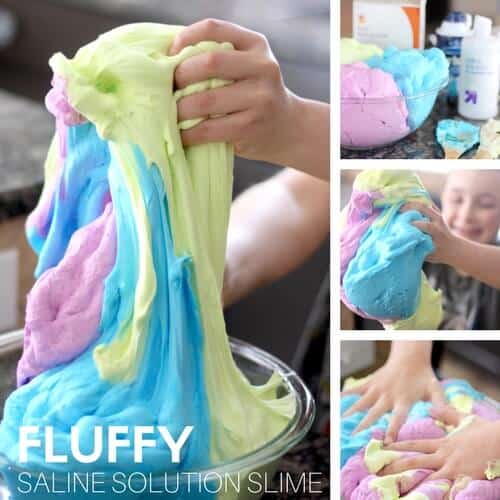

Great ideas. Really useful.
Thanks a lot.